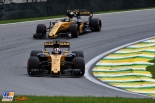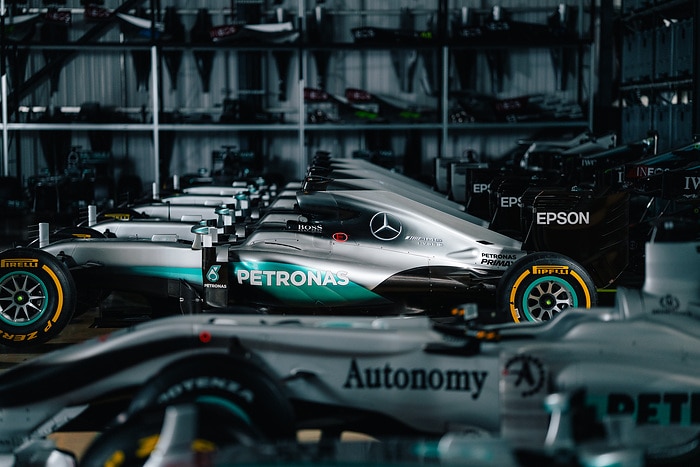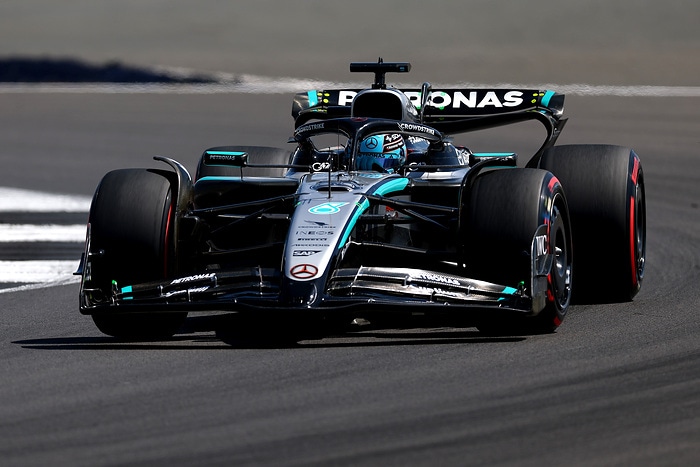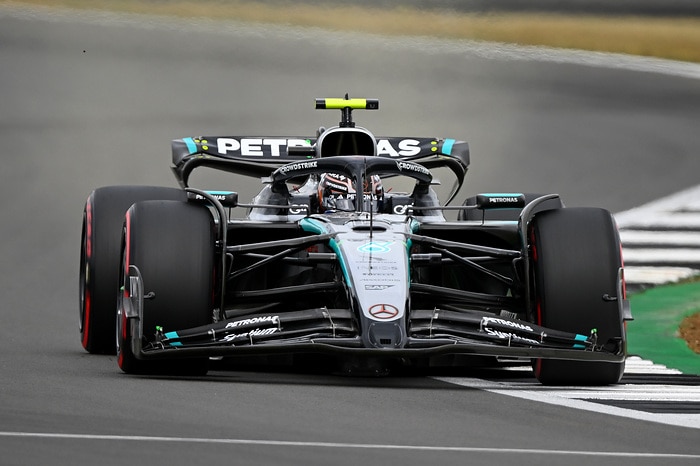
GPUpdate.net continues its end-of-season review with Renault, which returned to the midfield, as Nico Hülkenberg led the charge, though ultimately missed its 2017 target, amid reliability setbacks.
Renault: 6.5/10
Championship: 6th
WCC points: 57
Best race: 6th (4 x HUL, 1 x PAL)
Best qualifying: 6th (1 x HUL)
Fastest laps: 0
Qualifying duel: HUL 16 – 0 PAL, HUL 3 – 1 SAI

Renault’s management targeted a return to the top five in 2017, but while it had the pace, it desperately lacked reliability, and was hamstrung for much of the campaign by Jolyon Palmer’s ineffectiveness. It eventually finished sixth, via a furious divorce with Toro Rosso, and finished just a smattering of points clear of eighth-placed Haas. Renault undoubtedly made year-on-year gains, and developed well through the year, having lacked race pace with its R.S.17 early on, compared to its one-lap potential. Hülkenberg was able to lead the midfield charge in Britain, Belgium and Abu Dhabi, but for a team of its aspirations, it was shaded all too often by Force India. Poor reliability cost Hülkenberg points in Monaco, Japan and Mexico, and a potential podium in Singapore. Palmer, meanwhile, was beset by issues, often leaving him on the backfoot, as he got sucked into a negative spiral. With better reliability, and a more competent second driver, Renault would easily have met its target. But even if its on-track goal was missed, the expansion of its Enstone factory – leading to substantial recruitment – the Hülkenberg/Sainz Jr. dynamic, and the in-year progress means the future looks bright.
Nico Hülkenberg: 8/10
Championship: 10th
WDC points: 43
Best R result: 6th (4x)
Best Q result: 6th (1x)

Hülkenberg swiftly assimilated with Renault, thinking of the bigger picture after moving from Force India, and was a more competitive force, the more durable tyres more conducive to his driving style. Able to push, and with the backing of a larger manufacturer, there were glimpses of the Hülkenberg who promised so much during his junior career, with standout performances when the car permitted, none more so than in Britain. He made Q3 more often than not, and extracted the maximum where he could, with only a clumsy wall-clipping error in Azerbaijan a driver-inflicted points loss. Hülkenberg comfortably had the measure of Palmer throughout the year, beating the Briton in each qualifying session, but now has a new challenge in the form of Carlos Sainz Jr. Nonetheless, Hülkenberg astutely demonstrated his leadership qualities in 2017 as he led Renault down the correct development path – can he finally take a podium in 2018?
High point: Fantastic throughout the weekend at Silverstone
Low point: Mechanical issue robbing him of certain fourth in Singapore
Jolyon Palmer: 4/10
Championship: 17th
WDC points: 8
Best R result: 6th (1x)
Best Q result: 10th (2x)

Palmer was afforded a stay of execution by Renault but spent most of the year swatting aside questions over his future, amid a sequence of lacklustre performances. Dreadful one-lap pace left him facing race recoveries, which were stymied by overtaking being harder (especially for Renault drivers), reliability woes, and his own shortcomings. His dire pace in the laps after moving aside for Hülkenberg in Hungary were eye-opening, as Renault actively chased a replacement for 2018 – which ultimately came sooner, when Palmer made way for Carlos Sainz Jr. for the last four rounds. In Palmer’s defence, two of his weekends were ruined by reliability setbacks – Azerbaijan, Britain – while his prospects in Belgium were blunted by a qualifying issue. Sixth in Singapore was also a fine result, an outlier amid a season of malaise. But there were far too many crashes, his one-lap pace to Hülkenberg was a chasm, and there was little to suggest he could turn his situation around.
High point: Ending points drought in Singapore
Low point: Dismal reliability wrecked Azerbaijan weekend
Carlos Sainz Jr.: 7.5/10
Championship: 9th
WDC points: 54 (of which 6 were for Renault)
Best R result: 7th (1x)
Best Q result: 8th (1x)

Sainz Jr. only entered four events with Renault but displayed more promise during that brief stint than his predecessor had managed through the entire campaign. Sainz Jr. made Q3 in three out of his four rounds with Renault, quickly adapting to the R.S.17 and his new surroundings, despite the manufacturer grappling with its performance/reliability balance during the closing rounds. Points on his Renault debut were a well-deserved reward for his startling pass on Sergio Pérez through Turn 18/19, and he challenged for the top 10 across the final three rounds, missing out in the Abu Dhabi finale when his left-front wheel was not firmly attached. The quartet of events the Sainz Jr./Renault partnership enjoyed in 2017 will stand it in good stead for 2018, meaning it can hit the ground running from the off – the dynamic will be fascinating to follow.
High point: Perfectly executed pass on Pérez in the United States
Low point: First-lap Mexico spin after Q3 display
Statistics
Average qualifying gap: 0.739s to Hülkenberg vs Palmer (three rounds excluded), 0.339s to Hülkenberg vs Sainz Jr. (one round excluded)
Biggest qualifying gap: 3.269s to Hülkenberg in Australia*
Smallest qualifying gap: 0.102s to Hülkenberg (versus Sainz Jr.) in Brazil
Average qualifying result: Sainz Jr. 9.5**, Hülkenberg 9.55, Palmer 14.69
*Palmer complained about R.S.17 after FP2 crash, next largest gap was 1.404s to Hülkenberg in Italy
**During four-event spell with Renault
Retirements:
Hülkenberg: 6
Palmer: 4*
Sainz Jr.: 6
*Palmer also failed to start in Britain
Race head-to-head: Hülkenberg 5 – 3 Palmer, Hülkenberg 1 – 0 Sainz Jr.

Source :http://feeds.gpupdate.net






















